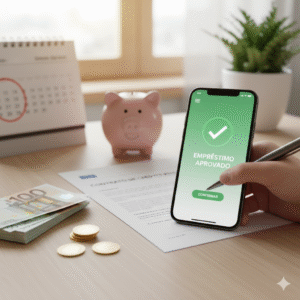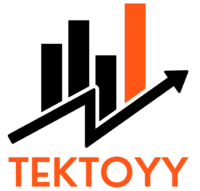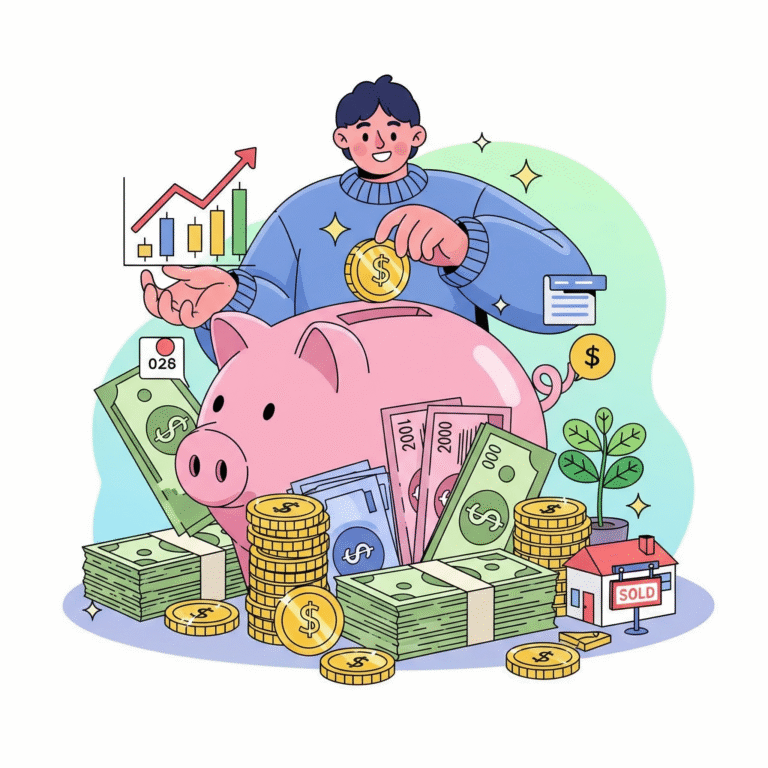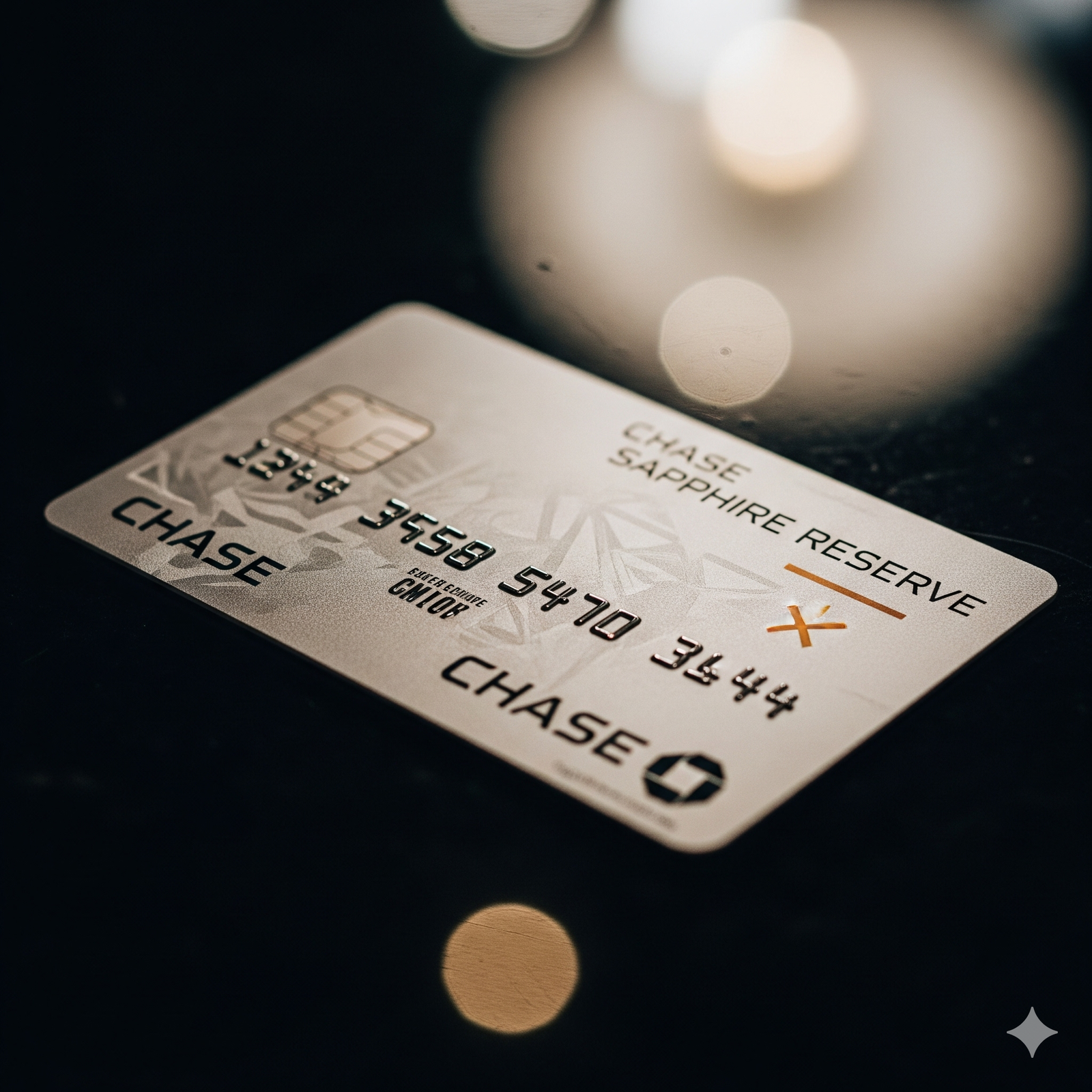In today’s world, the word “financing” is everywhere. We hear about it when buying a car, purchasing a home, starting a business, or even making a large electronics purchase. For many, it’s the key that unlocks major life goals. But what does it actually mean to “finance” something? How does the process work, and what do all the complicated terms really mean for your wallet?
This comprehensive guide is designed to demystify financing for the absolute beginner. We will break down the entire concept from the ground up, explaining the core components, exploring the different types of financing, defining key terminology in simple terms, and walking you through the process step-by-step. By the end of this article, you’ll have the confidence and knowledge to navigate the world of financing like a pro.
What Is Financing? The Core Concept Explained

At its heart, financing is the process of borrowing money to pay for a large purchase and then paying that money back over an agreed-upon period. Instead of paying the full price of an item upfront, a financial institution—like a bank, credit union, or online lender—provides you with the funds. In exchange for this service, you agree to repay the lender the original amount you borrowed, plus an additional fee called “interest.”
Think of it like renting money. The lender gives you the capital you need now, and the interest is the fee you pay for the convenience and privilege of using their money over time. This arrangement allows individuals and businesses to acquire assets and make investments they couldn’t otherwise afford with cash on hand.
The Three Pillars of Any Loan: Principal, Interest, and Term
Every financing agreement, no matter how complex it seems, is built on three fundamental pillars:
- Principal: This is the initial amount of money you borrow from the lender. If you take out a $25,000 auto loan to buy a new car, the principal is $25,000.
- Interest: This is the cost of borrowing the principal, expressed as a percentage rate. If your loan has a 5% interest rate, the lender is charging you 5% annually on the outstanding balance. This is how lenders make a profit.
- Term: This is the length of time you have to repay the loan in full. Loan terms can vary dramatically, from a few months for a small purchase to 30 years for a home mortgage.
These three elements work together to determine the size of your monthly payment and the total cost of your loan over its lifetime.
How Your Payments Work: A Look at Amortization
When you make your monthly loan payment, it isn’t just a random number. It’s a carefully calculated amount designed to pay off your loan by the end of its term. This payment is split into two parts: a portion goes to paying down the interest that has accrued, and the remaining portion goes to reducing your principal balance. This process is called amortization.
Here’s the crucial part to understand: In the early stages of your loan, a larger portion of your payment goes toward interest. As time goes on, the balance shifts, and more of your payment starts going toward the principal.
Let’s look at a simplified example:
- Loan Amount (Principal): $200,000
- Interest Rate: 6%
- Term: 30 years (360 months)
- Monthly Payment: $1,199.10
Payment #1:
- Interest Portion: $1,000 ($200,000 x 0.06 / 12)
- Principal Portion: $199.10 ($1,199.10 – $1,000)
- New Loan Balance: $199,800.90
Payment #240 (20 years in):
By this point, your loan balance is much lower, let’s say it’s $110,000.
- Interest Portion: $550 ($110,000 x 0.06 / 12)
- Principal Portion: $649.10 ($1,199.10 – $550)
- New Loan Balance: $109,350.90
As you can see, over time, you build equity faster because less of your payment is being eaten up by interest. This is why making extra payments that go directly toward the principal can save you thousands of dollars and shorten your loan term.
The Most Common Types of Consumer Financing

While the principles are the same, financing is tailored for different purposes. Here are the most common types you’ll encounter.
Mortgage Loans: Financing a Home
For the vast majority of Americans, a mortgage is the largest and longest-term financing they will ever take on. This is a loan used specifically to purchase real estate. Because the loan is so large, the term is typically very long, often 15 or 30 years. The property you buy serves as collateral, meaning if you fail to make your payments, the lender has the right to take possession of the home through a process called foreclosure.
Auto Loans: Financing a Vehicle
An auto loan is used to purchase a car, truck, or other vehicle. These loans are much shorter than mortgages, with typical terms ranging from 3 to 7 years (36 to 84 months). Like a mortgage, an auto loan is a secured loan where the vehicle itself acts as collateral. If you stop making payments, the lender can repossess the car.
Personal Loans: Financing for Anything
A personal loan is one of the most flexible financing tools. It provides you with a lump sum of cash that you can use for a wide variety of purposes, such as consolidating high-interest debt, paying for a wedding, handling unexpected medical bills, or funding a home improvement project. Most personal loans are unsecured, meaning they do not require collateral. Because this is riskier for the lender, interest rates on personal loans are often higher than those for mortgages or auto loans.
A Glossary of Essential Financing Terms
The financing world is filled with jargon. Here’s a simple breakdown of the terms you absolutely need to know.
- Annual Percentage Rate (APR): This is the true cost of borrowing. It includes not only the interest rate but also any lender fees or origination costs, expressed as an annual percentage. Always compare APRs, not just interest rates, when shopping for a loan.
- Down Payment: This is the initial, upfront portion of the purchase price that you pay out of your own pocket. For example, putting a 20% down payment on a house means you only need to finance the remaining 80%. A larger down payment reduces your loan amount, lowers your monthly payment, and can help you secure a better interest rate.
- Collateral: An asset (like a house or car) that a borrower offers as security for a loan. If the borrower defaults, the lender can seize the collateral.
- Fixed-Rate vs. Variable-Rate:
- Fixed-Rate: The interest rate is locked in for the entire life of the loan. Your monthly principal and interest payment will never change, providing predictability and stability.
- Variable-Rate: The interest rate can fluctuate over time based on changes in a benchmark index. While a variable-rate loan might start with a lower initial rate, your payments could increase significantly if interest rates rise.
- Credit Score: A three-digit number that represents your creditworthiness. Lenders use it to determine if they will approve you for a loan and at what interest rate. A higher score indicates lower risk and will unlock better financing terms.
- Origination Fee: A one-time fee charged by the lender to process your loan application. It’s typically a percentage of the total loan amount.
The Financing Process: A Step-by-Step Walkthrough

While specifics can vary by lender and loan type, the journey to securing financing generally follows these steps.
Step 1: Check Your Financial Health
Before you even talk to a lender, you need to know where you stand. Check your credit score and review your credit report for any errors. Calculate your debt-to-income (DTI) ratio by dividing your total monthly debt payments by your gross monthly income. Lenders use this to gauge your ability to take on new debt.
Step 2: Determine How Much You Can Afford
Don’t just think about the total loan amount; focus on the monthly payment. Use online loan calculators to estimate payments and see what fits comfortably within your budget. Remember to account for other costs of ownership, like home insurance or car maintenance.
Step 3: Get Pre-Qualified and Pre-Approved
- Pre-qualification is an informal first step where a lender gives you a rough estimate of what you might be able to borrow based on self-reported financial information. It does not impact your credit score.
- Pre-approval is a much more formal process. You’ll complete a full application and provide documentation (like pay stubs and tax returns). The lender will perform a hard credit check and, if you meet their criteria, provide a conditional commitment to lend you a specific amount. A pre-approval letter makes you a much more serious buyer when shopping for a home or car.
Step 4: Shop Around for the Best Offer
Do not take the first offer you receive. Compare APRs and loan terms from at least three different lenders, including national banks, local credit unions, and online lenders. A small difference in the APR can save you thousands of dollars over the life of the loan.
Step 5: The Underwriting and Closing Process
Once you’ve chosen a lender and a specific property or vehicle, your loan will go into underwriting. This is the final verification stage where the lender confirms all your financial details and assesses the value of the collateral (through a home appraisal or vehicle valuation). Once everything is approved, you will sign the final paperwork in a process called “closing.” After closing, the funds are disbursed, and you officially own your new asset.
The Long-Term Responsibility of Financing

Securing a loan is a major financial commitment. It’s a legal contract that obligates you to make payments for years, or even decades. Being a responsible borrower means consistently making your payments on time, every time. Doing so will build a positive credit history, opening doors to even better financial opportunities in the future.
By understanding the fundamental principles of how financing works, you can transform it from an intimidating concept into a powerful tool for achieving your most important life goals.







